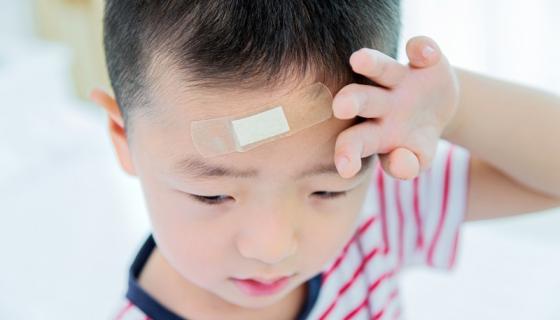
Head injuries and children
Children are naturally active. While they are still learning how to keep themselves safe when moving around, falls, bumps and impact injuries are inevitable.
We are aware of several recent instances where children showed signs of concussion hours after head bumps occurred at an education and care service. While seeming fine at the time, they were later taken to hospital and diagnosed with concussion.
Head bumps always need to be taken seriously, even if they seem mild. Concussion is a brain injury caused by physical trauma to the head. You don’t have to lose consciousness to get concussion. The symptoms can vary dramatically and can also be delayed.
Not all incidents are seen by an educator, which can make it hard for educators to establish the extent of a head injury. Consider seeking medical advice if unsure.
Informing parents is essential, even if the injury appears mild and/or the child seems fine afterwards.
All education and care services are required to have incident, injury, trauma and illness procedures. It’s recommended to include steps to take if a child suffers a head injury.
What you should know about head bumps:
- The symptoms of concussion can vary dramatically and also be delayed.
- Seek medical advice if you’re not sure about the seriousness of an injury.
- Always inform parents so they can monitor the child in case concussion occurs later.
- Consider including head injuries in your service incident, injury, trauma and illness policy/procedure.
For more information:
- ‘Head injury’ fact sheet by Royal Children’s Hospital Melbourne
- ‘Concussion’ information by Children’s Hospital at Westmead

